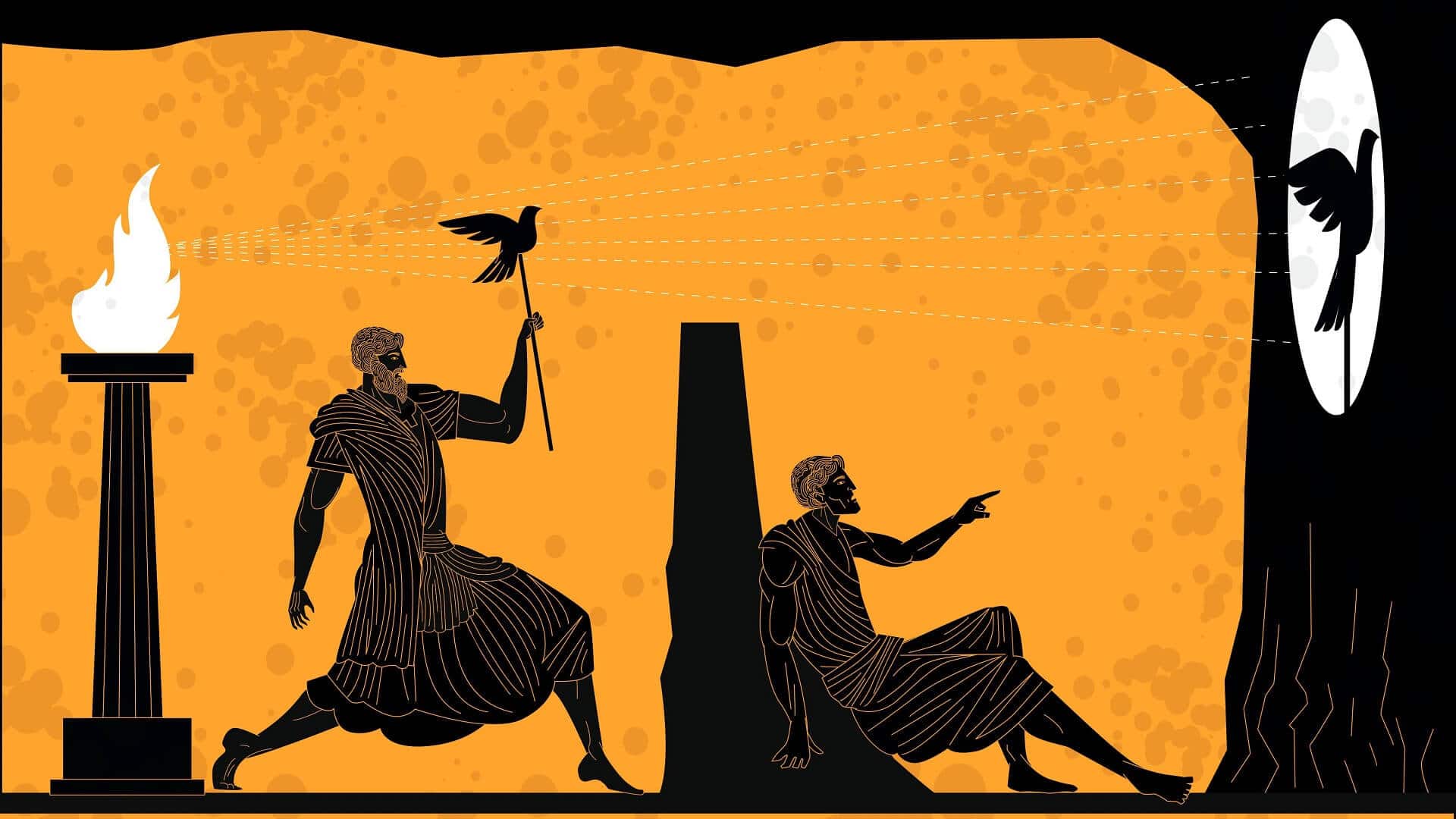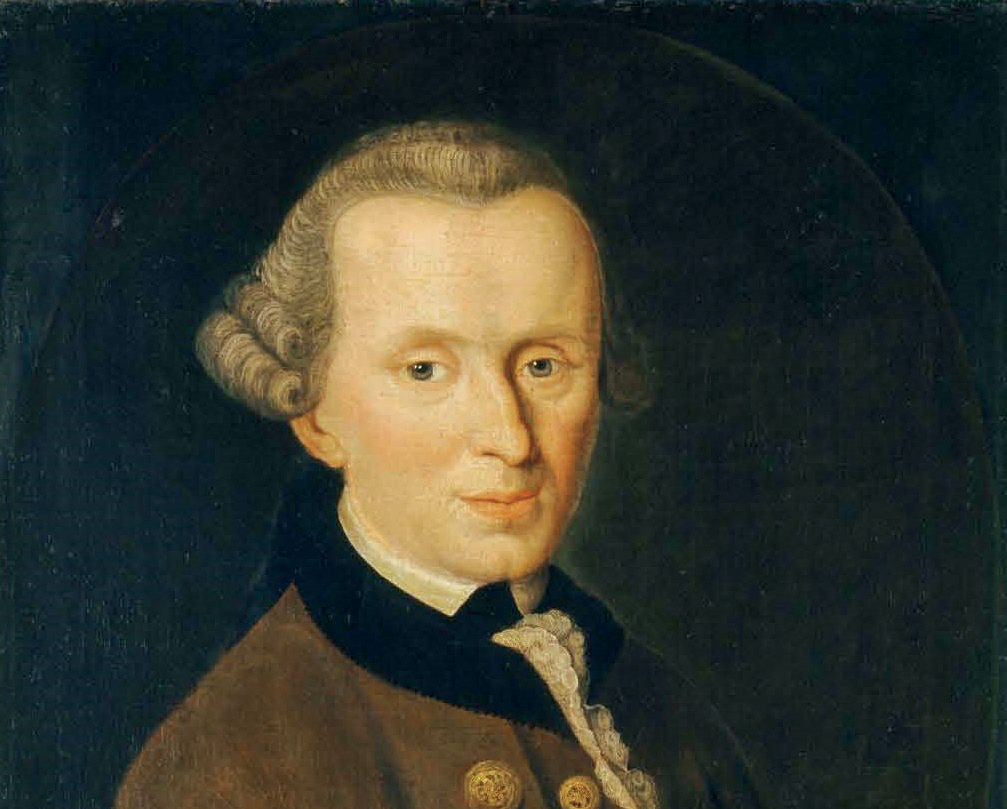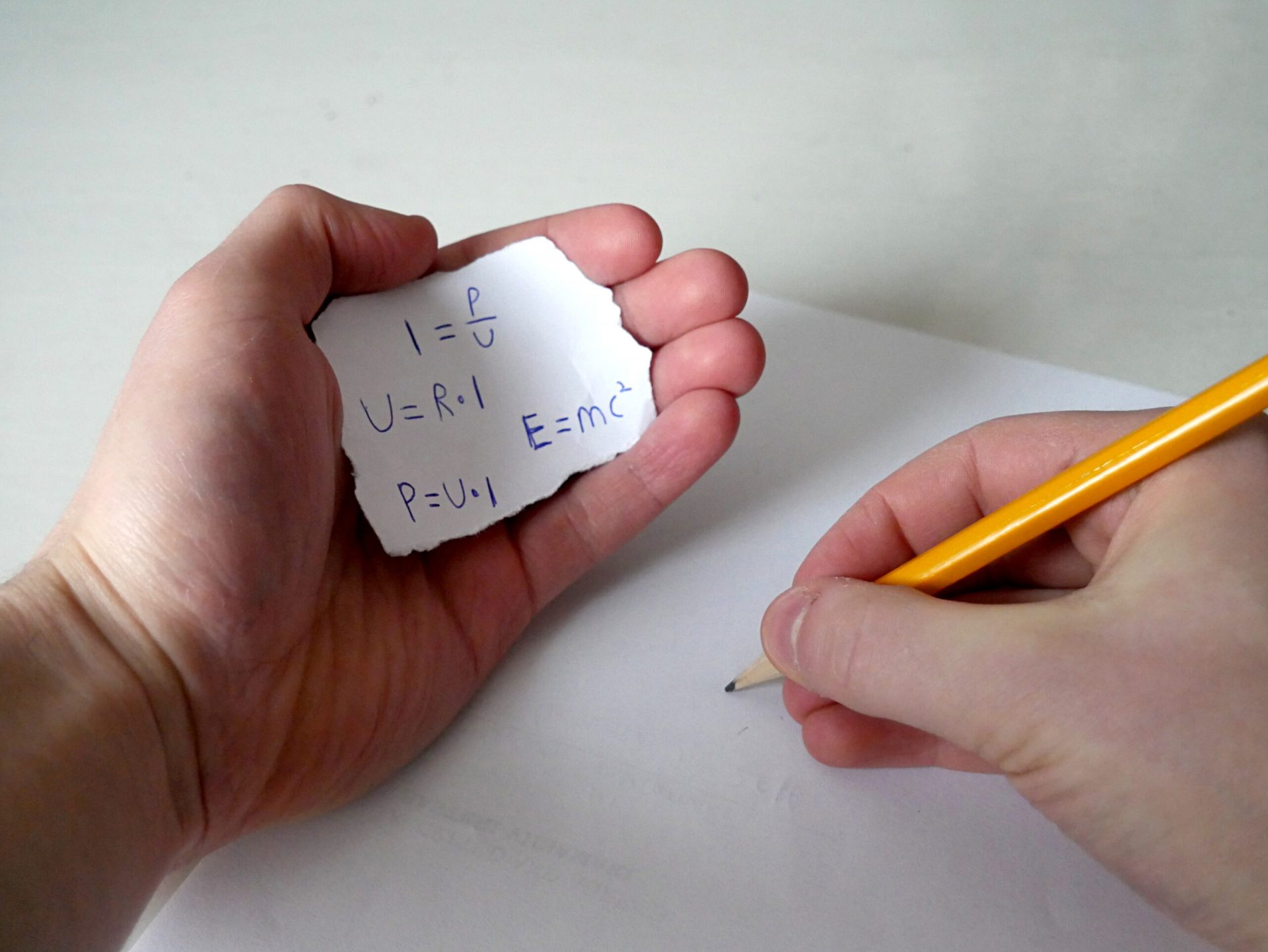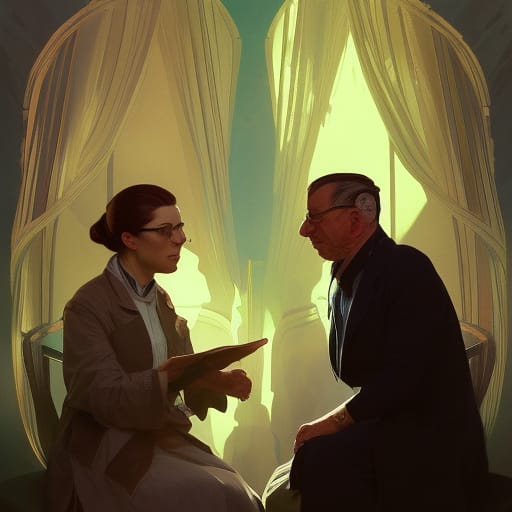Plato’s theory of forms
Everything we sense is an illusion. Everything we sense is deception.
Sounds like The Matrix (1999), or The Truman Show (1998), but it’s actually Plato, almost two and a half millennia ago.
So does reality exist? And if it does, what is it?
i. The allegory of the cave
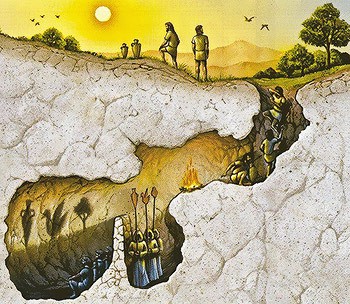
Plato attempts to explain reality by giving us an allegory, a story meant to reveal deeper truths. The story is presented in Book VI of his celebrated Republic as a dialogue between Glaucon (Plato’s older brother) and Socrates (Plato’s own teacher.)
Imagine a group of prisoners who have spent their whole, entire lives in a cave, chained facing a wall. They cannot, not were they ever able to, look around the cave, at each other, or themselves. Stiff and inflexible, their whole existence is made up of sitting down, watching shadows dancing on a wall in front of them. There are shadows of people, of household objects, of trees, and so on. These shadows are throw on the wall by a fire behind them which they have never seen, and in front of which cutout images are paraded.
To the prisoners, the shadows are all that there is. They constitute the totality of their reality.
Now imagine one of them breaks free from the shackles. Unbound, he stretches his stiffened limbs for the first time, turning his head around for the first time, blinded by a flame he sees for the first time. As his eyes adjust, he makes his way through the cave, eventually making towards the entrance, where he gets to see the rest of reality, This philosopher sees real people, and trees, and birds, and things, and the blazing sun.
The freed prisoner sees the outside world as superior to what he experienced in the cave. Excited, he wants to share the news, so he returns to the cave to the tell his confined companions. However, the others think him mad, and, in the comfort of their safe zone, the only zone that they know, if they were able to, they would try and kill anyone trying to drag them out and into the light.
Being an allegory, Plato, through Socrates, uses the different characters and objects in the allegory as metaphorical devices.
The cave represents the physical world, that is, the world that we know. It is a weaker world that hosts the senses. It is also not a place where people can obtain knowledge of true reality.
The prisoners are people untutored in philosophy, bound to a worldly, temporal and perishable existence, a mere imitation of true reality.
The shadows are the temporal objects known through the senses.
The freed prisoner is the philosopher, seeking true knowledge outside the cave of enslavement.
ii. The theory of forms
Plato’s theory of Forms, or theory of Ideas, is his view that the physical world is not as real or as true as timeless, absolute ideas. The physical realm of things, the one we experience through our senses, is only a shadow, or image, of the true reality of the realm of Forms.
These Forms (or Ideas) are concepts that are perfect, abstract, unchanging, non-physical, and universal. If we want to truly understand reality, we are to understand the Forms. Through this we gain knowledge. Understanding happens when we grasp the world of Forms with our mind.

Let’s take homemade biscuits or cookies as an example. Our favourite cook starts with the idea of making biscuits. Those biscuits in our head are the perfect version of the biscuits: they have that right texture, taste, smell, consistency, shape, and so on. They are, after all, the Idea, or Form, of a biscuit. And then, our favourite prepares the dough, cuts the cookies and bakes them, and we end up with biscuits that we can perceive (through our senses).
While they are alike, on close inspection we notice that no two biscuits are actually identical. Some may be slightly more toasted, others a bit more cracked, still others more, or less, deflated. They are variations, copies of the perfect, Ideal, Formal biscuits in our head.

Similarly, the ideal triangle is the Form of a triangle. Only by grasping the idea of what a triangle should look like (a geometric shape having three sides) can we then see a drawing of a triangle on a chalk board and recognise it as being an image of a triangle. The triangle as it is on the chalk board is an imperfect, impermanent copy of the Ideal triangle.
The Forms of Justice, Goodness, Equality, Truth, and Beauty are, according to Plato, true, aspatial reality, existing as ideas but not in space.
The Form of the Good, in particular, is the most important. It is the one Form that allows us to understand everything else, providing knowledge and truth.
